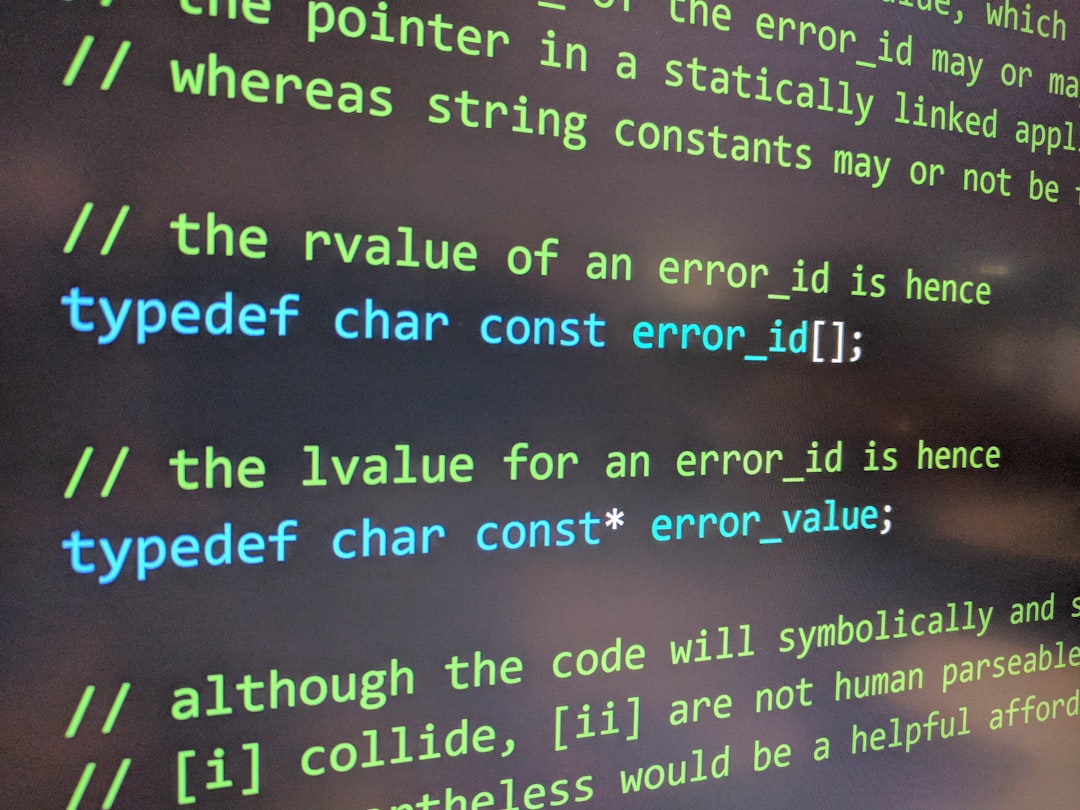JavaScript: Powering the Modern Web
JavaScript has become the cornerstone of modern web development, enabling interactive, dynamic, and responsive user experiences. Since its inception in 1995, it has evolved from a simple scripting language to a robust, high-performance technology used across browsers, servers, and even in mobile and desktop applications. This article delves deep into JavaScript, exploring its history, core features, uses, and the tools that empower millions of developers worldwide.
Table of Contents
- History and Evolution
- Core Features and Syntax
- JavaScript Engines and Runtimes
- Popular Applications and Frameworks
- Asynchronous Programming
- JavaScript vs Other Scripting Languages
- JavaScript Ecosystem and Tools
- Future of JavaScript
History and Evolution
JavaScript was created in just 10 days by Brendan Eich while working at Netscape Communications. Initially named Mocha, then LiveScript, it was finally branded JavaScript to capitalize on Java’s popularity at the time—despite their very different purposes and structures.
| Key Milestones | Year | Description |
|---|---|---|
| JavaScript Created | 1995 | Developed for Netscape Navigator, enabling client-side interactivity. |
| ECMAScript Standard | 1997 | Language specification standardized as ECMAScript (ES). |
| ES5 Release | 2009 | Introduced strict mode, JSON support, and many new features. |
| ES6 / ES2015 | 2015 | Added classes, modules, arrow functions, Promises, let/const, and more. |
| Node.js | 2009 | Brought JavaScript to the server, leading to full-stack JS development. |
| Modern Ecosystem | 2015–Present | React, Vue, Angular, and advancements in language features. |
Core Features and Syntax
JavaScript is designed to be lightweight, interpreted, and easy to learn. It is a dynamic, weakly-typed language, and supports object-oriented, imperative, and functional programming styles.
Key Features
- Dynamic Typing: Variables can hold any type at any time.
- First-Class Functions: Functions are objects, can be passed as arguments, and returned from other functions.
- Prototype-based Inheritance: No classical classes (pre-ES6), instead uses prototypes and objects.
Example Syntax
// Variable declaration (ES6)
let name = "JavaScript";
const pi = 3.1416;
// Function
function greet(user) {
return `Hello, ${user}!`;
}
// Arrow function
const sum = (a, b) => a + b;
// Object and method
const user = {
name: "Alice",
greet() { return `Hi, I'm ${this.name}`; }
};
JavaScript Engines and Runtimes
JavaScript code runs inside engines built into browsers and platforms. V8 (Google), SpiderMonkey (Mozilla), and JavaScriptCore (Apple) are the most renowned.
| Engine | Developer | Used in |
|---|---|---|
| V8 | Chrome, Node.js | |
| SpiderMonkey | Mozilla | Firefox |
| JavaScriptCore | Apple | Safari |
| Chakra | Microsoft | Internet Explorer/Edge |
Node.js, leveraging the V8 engine, revolutionized web development by allowing JavaScript to run on servers, leading to the rise of full-stack and even desktop app development (with Electron).
Popular Applications and Frameworks
JavaScript's versatility has given birth to a rich ecosystem of libraries and frameworks.
| Framework/Library | Primary Use | Notable Features |
|---|---|---|
| React | UI Development | Components, virtual DOM |
| Angular | Full Frontend | MVVM, TypeScript, DI |
| Vue.js | UI Development | Lightweight, reactive data |
| jQuery | DOM Manipulation | Simplified DOM, AJAX |
| Express.js | Server (Node.js) | Middleware, REST APIs |
| Next.js | React SSR/SSG | Static & dynamic rendering |
Asynchronous Programming
JavaScript is single-threaded but supports asynchronous code execution, essential for non-blocking UI and I/O operations.
| Technique | Description | Example |
|---|---|---|
| Callbacks | Pass a function to run after a task completes | setTimeout(fn, 1000) |
| Promises | Chainable, cleaner alternative to callbacks | fetch().then(...) |
| async/await | Syntactic sugar over Promises for readable async code | await fetch(...) |
Example: Fetching Data
async function getUserData() {
const response = await fetch("https://api.example.com/user");
const data = await response.json();
console.log(data);
}
getUserData();
JavaScript vs Other Scripting Languages
How does JavaScript compare with similar scripting languages?
| Feature | JavaScript | Python | PHP | Ruby |
|---|---|---|---|---|
| Runtime | Browser, Node | Interpreter | Web Server | Interpreter |
| Typing | Dynamic | Dynamic | Dynamic | Dynamic |
| Use Cases | Web, Servers | Web, Data Sci | Web (Server) | Web, Scripts |
| Learning Curve | Moderate | Easy | Moderate | Moderate |
| Syntax | C-like | Indentation | C-like | Ruby-style |
JavaScript's dominance in browsers remains uncontested, though Python and others are more popular in data science or server-side-only environments.
JavaScript Ecosystem and Tools
The JavaScript ecosystem is vast, featuring thousands of libraries, frameworks, tools, and package managers.
| Tool | Purpose |
|---|---|
| npm, yarn | Package management |
| Webpack, Parcel | Module bundling/build |
| Babel | Transpilation (ESNext→ES5) |
| ESLint, Prettier | Linting and code style |
| Jest, Mocha | Testing frameworks |
| TypeScript | Typed superset of JS |
Future of JavaScript
JavaScript continues to evolve rapidly, with annual ECMAScript updates adding features such as optional chaining, private class fields, and pattern matching. The language now powers not just browsers but mobile (React Native), desktop (Electron), IoT, and even cloud infrastructure (serverless functions).
Challenges Ahead
- Performance: Keeping up with WebAssembly and native code.
- Security: Constant evolution to prevent vulnerabilities.
- Tool Overload: Choosing among thousands of libraries and frequent updates.
Bright Prospects
- Standardization: ECMAScript annual cycles and strong governance.
- Community Support: Massive global community and resources.
- Versatility: "Write once, run anywhere"—browser, server, mobile, desktop.
Conclusion
JavaScript stands at the heart of the modern web, continually adapting to meet the needs of developers and users alike. Whether you're building dynamic websites, powerful servers, or cross-platform desktop applications, JavaScript offers an unparalleled blend of flexibility, a rich ecosystem, and community support. As the digital world continues to evolve, JavaScript is poised to remain a key player for years to come.
Further Reading:

Comments
No comments yet. Be the first to comment!